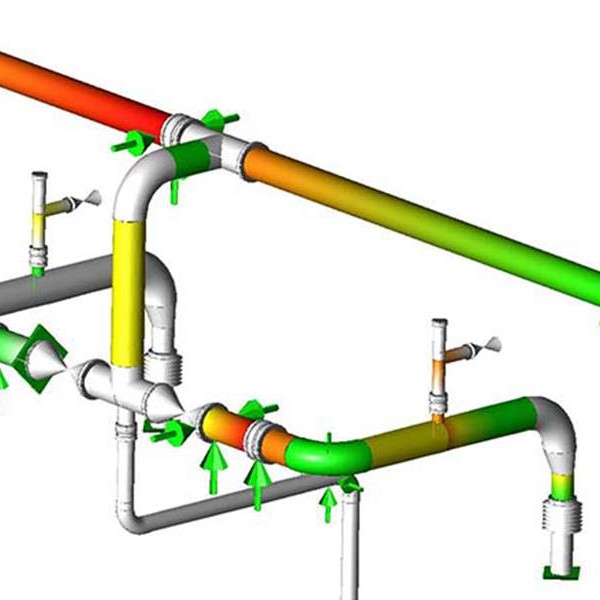
-
 Afrikaans
Afrikaans -
 Albanian
Albanian -
 Amharic
Amharic -
 Arabic
Arabic -
 Armenian
Armenian -
 Azerbaijani
Azerbaijani -
 Basque
Basque -
 Belarusian
Belarusian -
 Bengali
Bengali -
 Bosnian
Bosnian -
 Bulgarian
Bulgarian -
 Catalan
Catalan -
 Cebuano
Cebuano -
 China
China -
 China (Taiwan)
China (Taiwan) -
 Corsican
Corsican -
 Croatian
Croatian -
 Czech
Czech -
 Danish
Danish -
 Dutch
Dutch -
 English
English -
 Esperanto
Esperanto -
 Estonian
Estonian -
 Finnish
Finnish -
 French
French -
 Frisian
Frisian -
 Galician
Galician -
 Georgian
Georgian -
 German
German -
 Greek
Greek -
 Gujarati
Gujarati -
 Haitian Creole
Haitian Creole -
 hausa
hausa -
 hawaiian
hawaiian -
 Hebrew
Hebrew -
 Hindi
Hindi -
 Miao
Miao -
 Hungarian
Hungarian -
 Icelandic
Icelandic -
 igbo
igbo -
 Indonesian
Indonesian -
 irish
irish -
 Italian
Italian -
 Japanese
Japanese -
 Javanese
Javanese -
 Kannada
Kannada -
 kazakh
kazakh -
 Khmer
Khmer -
 Rwandese
Rwandese -
 Korean
Korean -
 Kurdish
Kurdish -
 Kyrgyz
Kyrgyz -
 Lao
Lao -
 Latin
Latin -
 Latvian
Latvian -
 Lithuanian
Lithuanian -
 Luxembourgish
Luxembourgish -
 Macedonian
Macedonian -
 Malgashi
Malgashi -
 Malay
Malay -
 Malayalam
Malayalam -
 Maltese
Maltese -
 Maori
Maori -
 Marathi
Marathi -
 Mongolian
Mongolian -
 Myanmar
Myanmar -
 Nepali
Nepali -
 Norwegian
Norwegian -
 Norwegian
Norwegian -
 Occitan
Occitan -
 Pashto
Pashto -
 Persian
Persian -
 Polish
Polish -
 Portuguese
Portuguese -
 Punjabi
Punjabi -
 Romanian
Romanian -
 Russian
Russian -
 Samoan
Samoan -
 Scottish Gaelic
Scottish Gaelic -
 Serbian
Serbian -
 Sesotho
Sesotho -
 Shona
Shona -
 Sindhi
Sindhi -
 Sinhala
Sinhala -
 Slovak
Slovak -
 Slovenian
Slovenian -
 Somali
Somali -
 Spanish
Spanish -
 Sundanese
Sundanese -
 Swahili
Swahili -
 Swedish
Swedish -
 Tagalog
Tagalog -
 Tajik
Tajik -
 Tamil
Tamil -
 Tatar
Tatar -
 Telugu
Telugu -
 Thai
Thai -
 Turkish
Turkish -
 Turkmen
Turkmen -
 Ukrainian
Ukrainian -
 Urdu
Urdu -
 Uighur
Uighur -
 Uzbek
Uzbek -
 Vietnamese
Vietnamese -
 Welsh
Welsh -
 Bantu
Bantu -
 Yiddish
Yiddish -
 Yoruba
Yoruba -
 Zulu
Zulu
Exploring Innovative Techniques for Securely Anchoring in Rocky Terrain for Construction and Landscaping
The Importance of Rock Anchoring in Construction and Engineering
Rock anchoring is a critical technique in the fields of construction and civil engineering, employed to enhance the stability and integrity of structures built on or against rock formations. This method has gained significant importance in recent years, especially with the increasing complexity of engineering projects and the need for durable solutions to withstand environmental challenges.
At its core, rock anchoring involves the insertion of high-strength steel bars or cables into rock formations, which are then tensioned to create a secure connection between the rock and the structure. This process can be used in various applications, including supporting bridge structures, stabilizing slopes, and reinforcing underground tunnels. The method is particularly valuable in geologically unstable areas, where natural factors such as earthquakes, landslides, or heavy rainfall can compromise the safety of a structure.
One of the primary benefits of rock anchoring is its ability to redistribute loads effectively. When a structure is built on or nearby rock, the weight and dynamic forces exerted on it can lead to significant stress on the underlying materials. Rock anchors help to transfer these loads downward into the more stable rock layer, thereby reducing the risk of settlement or failure. This load redistribution is essential in ensuring the longevity of the structure and minimizing maintenance costs.
rock anchoring

In addition to stabilizing structures, rock anchoring plays a crucial role in slope stabilization. In many mountainous regions, steep slopes can pose a significant risk of landslides, especially during heavy rainfall or seismic events. By using rock anchors to secure loose rocks and soil, engineers can create a more stable slope that is less susceptible to erosion and movement. This not only protects infrastructure but also enhances public safety in areas prone to natural disasters.
Moreover, rock anchoring techniques have evolved significantly with advancements in technology. Modern methods use sophisticated design software and materials, allowing for more precise calculations and optimizations. Engineers can now analyze the geological properties of rock formations with greater accuracy, ensuring that anchors are placed in optimal locations to provide maximum support. The use of corrosion-resistant materials for anchors has further improved the durability and lifespan of anchoring systems, making them a reliable choice for long-term applications.
Despite its advantages, rock anchoring is not without challenges. The complex nature of geological formations means that each project requires careful evaluation and planning. Engineers must consider factors such as rock quality, groundwater levels, and potential seismic activity to design effective anchoring systems. Additionally, the installation process can be labor-intensive and requires specialized equipment, making it crucial to ensure that skilled professionals are involved in every stage of the project.
In conclusion, rock anchoring is an essential technique in modern construction and engineering, providing stability and safety to structures built on or near rock formations. Its ability to effectively redistribute loads, prevent landslides, and adapt to new technologies makes it a valuable tool in addressing the challenges posed by our environment. As the demand for infrastructure continues to grow, the role of rock anchoring will likely expand, reinforcing its importance in the development of safe and sustainable engineering solutions.
Latest news
-
Exploring the Benefits of Top Hammer Drifter Rods for Enhanced Drilling PerformanceNewsJun.10,2025
-
High-Precision Fiberglass Winding Machine for GRP/FRP Pipe Production – Reliable & Efficient SolutionsNewsJun.10,2025
-
FRP Pipes & Fittings for Shipbuilding - Corrosion-Resistant & LightweightNewsJun.09,2025
-
Premium FRP Flooring Solutions Durable & Slip-ResistantNewsJun.09,2025
-
Premium Fiberglass Rectangular Tanks Durable & Lightweight SolutionNewsJun.09,2025
-
Tapered Drill String Design Guide Durable Performance & UsesNewsJun.09,2025









